#Troschel's Sea Star
Photo
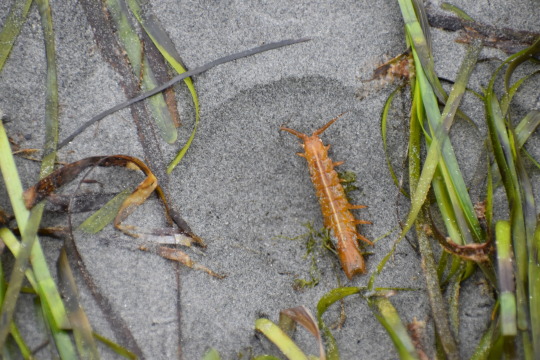
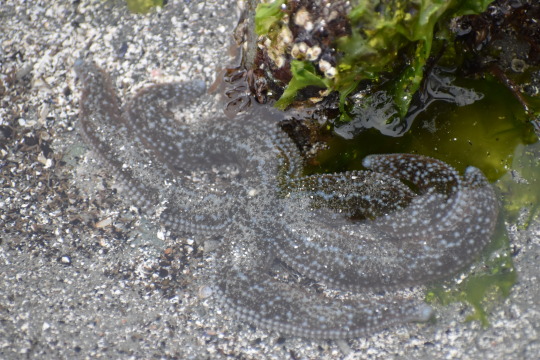
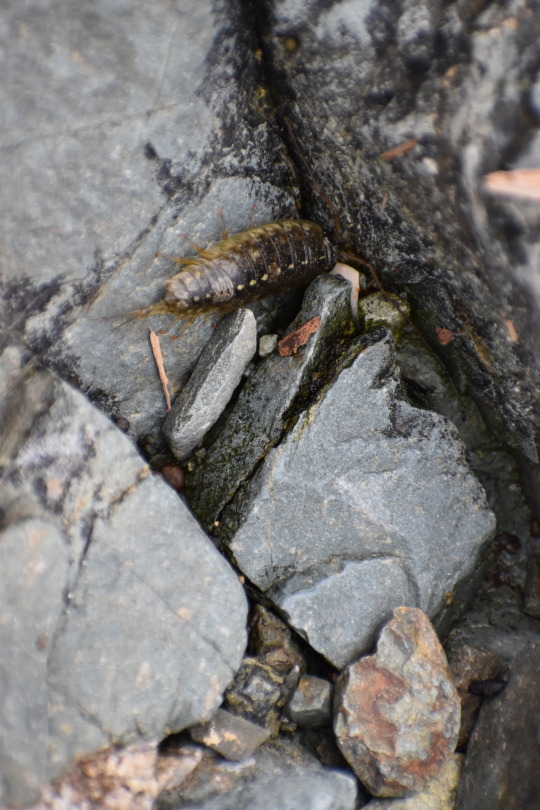

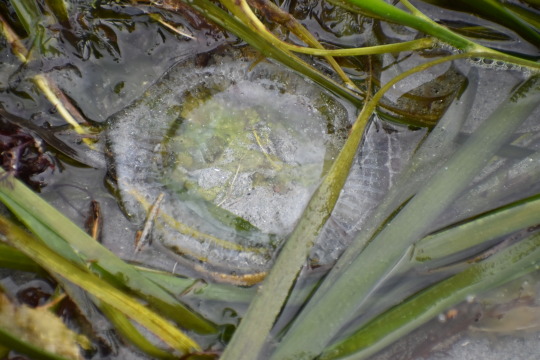

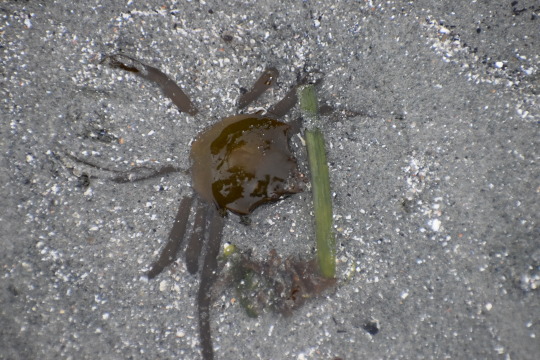

Some very cool new friends found at low tide yesterday!!!
#Photography#Beach#Nature#Tidepool#Seaside#Nanaimo#Eelgrass Isopod#Troschel's Sea Star#aka#Mottled Star#Western Sea Slater#Crystal Jelly#Northern Kelp Crab#or#Shield-backed Kelp Crab#Nick's Pics#DSLR#Nikon D5500#AF-P DX NIKKOR 70-300mm f/4.5-6.3G ED VR#05-27-21#Scheduled
6 notes
·
View notes
Text
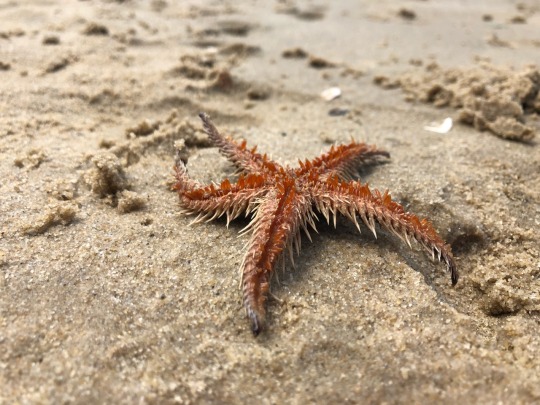
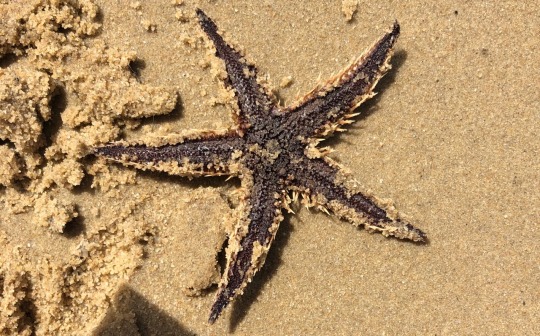
Sand sifting starfish
Astropecten polyacanthus is known by many names - sand sifting starfish, comb sea star and spiny sea star. It grows up to 13 cm, is found in the Indo-Pacific region, and has arms lined with sharp, comb-like spines which are used for protection.
Interesting fact: it produces the same neurotoxin (Tetrodotoxin) as pufferfish, porcupine fish and triggerfish. This was discovered after a Japanese man suffered paralytic poisoning after eating a trumpet shell which had acquired the toxin via predation of the sea star.
Images:
1) Aboral surface of sea star
2) Oral surface of sea star
All Images taken at Middle Harbour 19/11/2018
References:
Cork, J. (2015). Astropecten polyacanthus. [online] Australian Museum. Available at: https://australianmuseum.net.au/astropecten-polyacanthus-mller-troschel-1842
Narita, H., Matsubara, S., Miwa, N., Akahane, S., Murakami, M., Goto, T., Nara, M., Noguchi, T., Saito, T., Shida, Y. and Hashimoto, K., 1987. Vibrio alginolyticus, a TTX-producing bacterium isolated from the starfish Astropecten polyacanthus. Nippon Suisan Gakkaishi, 53(4), pp.617-621.
#educational#sea star#sea stars#starfish#sand sifting starfish#sand sifting sea star#comb sea star#comb starfis#spiny sea star#spiny starfish#Astropecten polyacanthus#marine biology#animal profile#marine#biology#ecology#science#marine science#stem#studyblr#Tetrodotoxin#TTX#neurotoxin#spines#marine life
19 notes
·
View notes